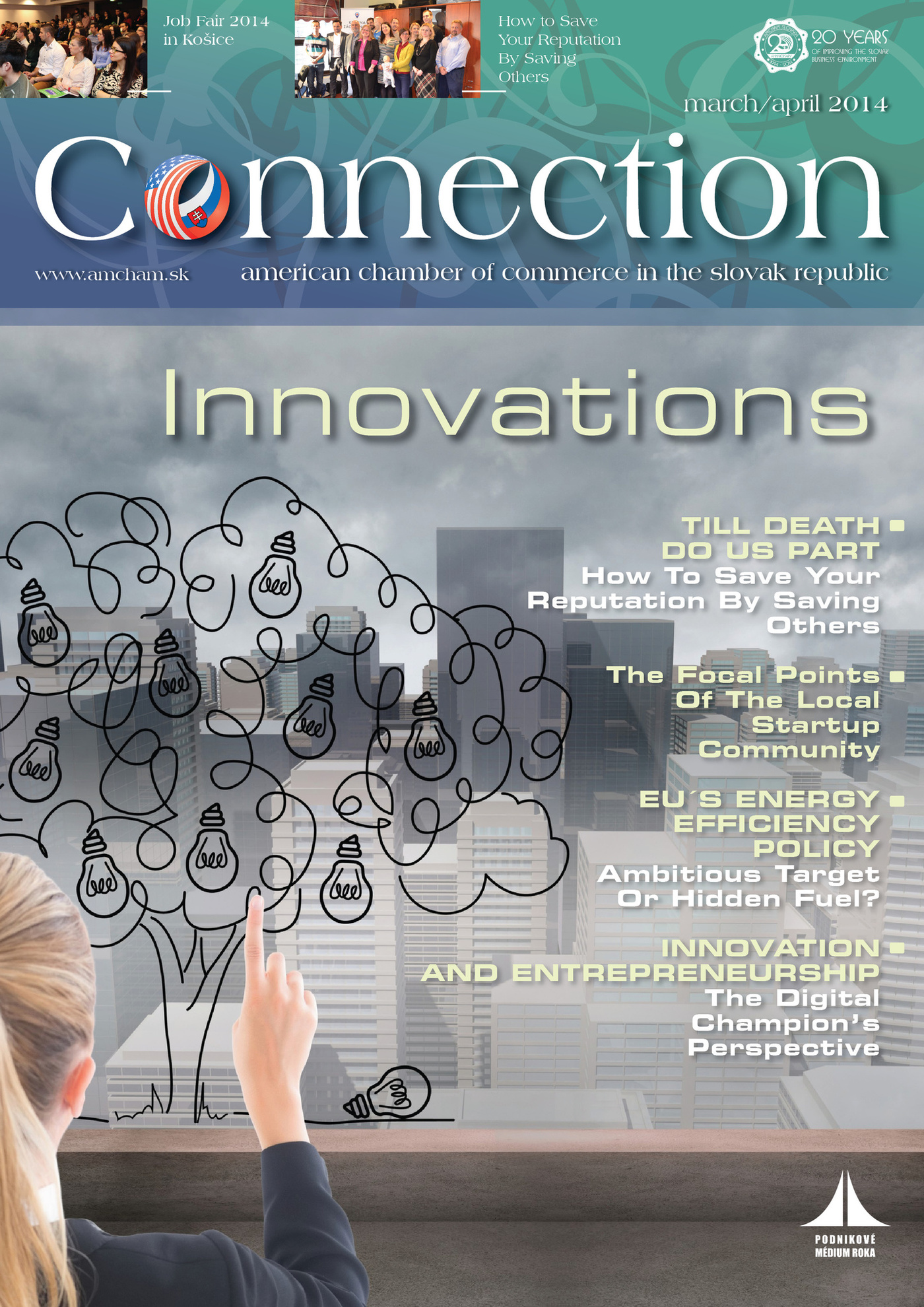We found a direct correlation between excellence in innovation and superior revenue growth – as many as 93% of executives indicate that organic growth through innovation will drive the greater proportion of their total revenue growth. Our study, named “Breakthrough Innovation and Growth”, is the largest and most comprehensive study of its kind exploring innovation from a global, multi-sector perspective. To explore the key findings in detail, please visit www.pwc.com/innovationsurvey. For the purpose of this article, we have decided to focus on the most useful information concerning seizing the opportunities that innovation brings in the most effective ways possible.
Making innovation work for your business
While there is no single roadmap for success in innovation, there are lessons that can be borrowed, tailored and made to work for any business. Making innovation work involves answering several crucial questions:
- How should the organizations be structured?
- What role should leadership and talent play?
- How should innovation initiatives be funded?
A Blueprint for successful innovation
PwC’s Innovation Blueprint helps leaders think through the right construct for growth via innovation, from strategy to disciplined execution. Elements 1 and 2 align innovation with business strategy. Elements 3 to 7 focus on maximizing the company’s ability to come up with innovative new ideas. Elements 8 to 12 focus on the operational effort, including new ways of working that are necessary to bring these new ideas to market.
The result, for those who focus on these core innovation enablers, will be an innovation capability that drives new products, services and business models. There are leading practices for each of the 12 elements of the Blueprint. And there are differences in the ways that each company and business unit needs to put these leading practices to work.
Stripping away innovation complexity
Innovation is all too often seen as a complex process. The Innovation Blueprint - developed from leading practices - aims to strip back that complexity to the fundamental elements of innovation. The Blueprint ensures all the key elements are included and balanced, yielding a simpler, more unified innovation capability that is more closely aligned with corporate strategy and business outcomes.
We close this article with seven key questions that every executive should ask themselves about their business, and the role that they play in supporting their innovation efforts:
- Are you paying enough attention to innovation? When was the last time that innovation was discussed at the board level?
- Do you have an innovation strategy? How do you plan to harness innovation to accelerate growth?
- Is your innovation portfolio effective? How well-balanced is your portfolio and which innovation resources and investments are you prioritizing?
- What is your innovation timespan? Are you creating the business of tomorrow while running the business of today?
- Is innovation an integral part of the executive and organizational mind-set? Are the resources, investments, processes, organization and governance sufficient to provide the space for innovation to thrive?
- Do you know how to explore and find the really great innovations that drive unprecedented levels of growth? Is exploration something that people are incentivized to do? Do the innovation processes use leading practices to ensure high-speed prototyping, exploration, and learning?
- Are you an innovation blocker or enabler? Executives who are too comfortable with the status quo are some of the greatest barriers to innovation. The last mile of turning innovations into significant revenue growth is often the hardest one.
Executives are beginning to ask themselves difficult questions about their companies – about their talent, leadership, processes and metrics – to assess whether their existing infrastructure truly supports innovation, or rather whether it hinders it. And they recognize the need to do this quickly. Companies that are slow to adapt will stumble, innovations will be stunted, and growth will be delayed, diminished, or both.
Patrik Horný, Partner, PwC
Ján Uriga, Senior Manager, PwC



Follow us